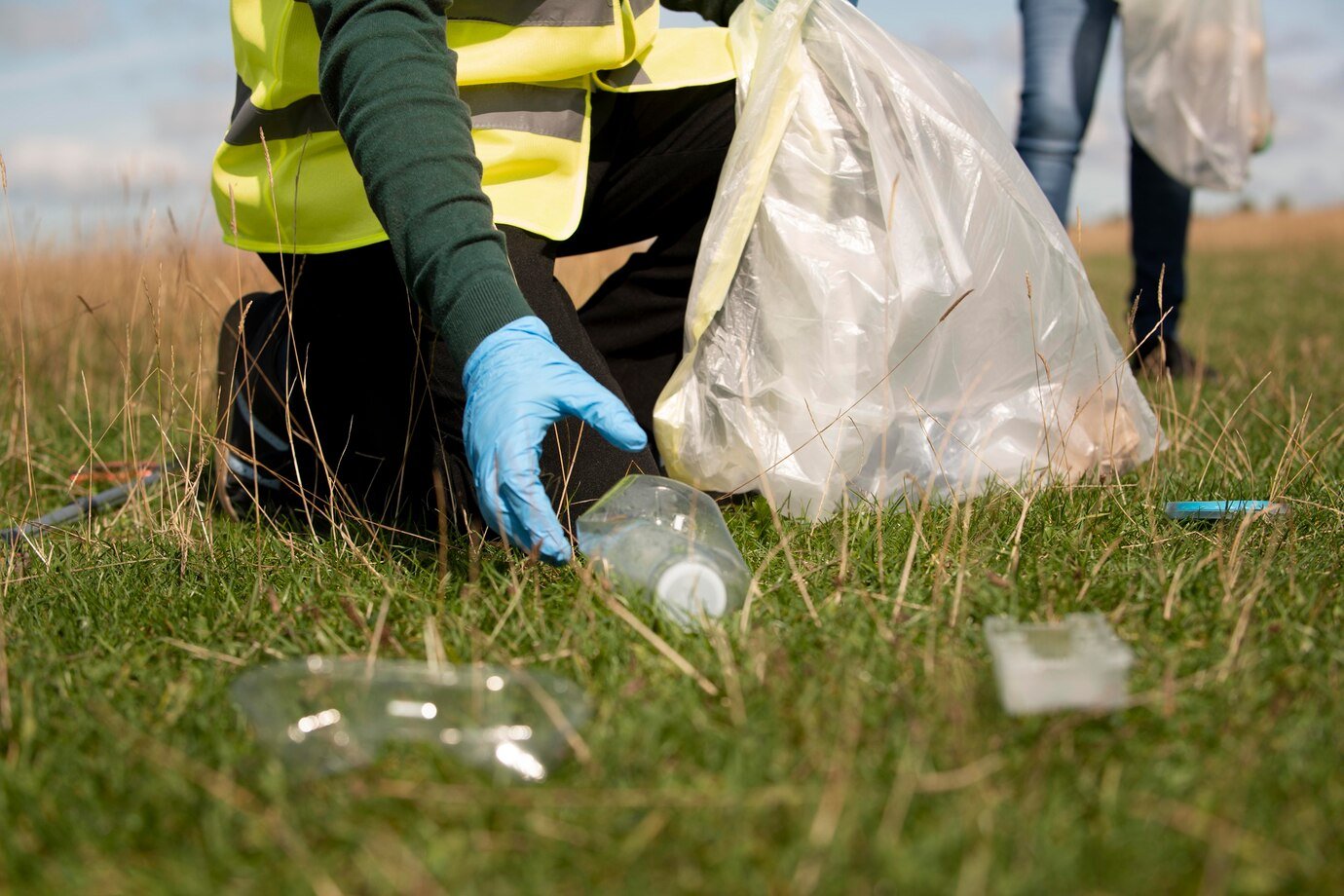Environmental Clearance for Factories: Key Regulations and Compliance
Introduction
Environmental clearance (EC) is a crucial legal requirement for factories and industries that have the potential to impact the environment. It ensures that industries operate within regulatory frameworks to minimize environmental harm. In India, the process of obtaining EC is governed by the Ministry of Environment, Forest and Climate Change (MoEF&CC) under the Environment Impact Assessment (EIA) Notification, 2006. Understanding the key regulations and compliance requirements is essential for businesses to operate legally and sustainably.
What is Environmental Clearance?
Environmental Clearance is an official approval granted by the regulatory authorities to industrial projects before they commence operations. It assesses the potential environmental impact of a project and ensures that industries take preventive measures to mitigate adverse effects. EC is mandatory for certain categories of industries, including manufacturing plants, mining operations, thermal power plants, and infrastructure projects.
Regulatory Framework Governing Environmental Clearance
In India, the following legal provisions regulate the Environmental Clearance process:
The Environment (Protection) Act, 1986 – Provides the overarching legal framework for environmental protection and empowers the government to regulate industrial activities.
Environmental Impact Assessment (EIA) Notification, 2006 – Lays down the procedure for obtaining EC, including project categorization, screening, and public consultation.
Air (Prevention and Control of Pollution) Act, 1981 & Water (Prevention and Control of Pollution) Act, 1974 – Regulate industrial pollution and require factories to obtain clearances from Pollution Control Boards (PCBs).
Hazardous Waste Management Rules, 2016 – Governs the handling, storage, and disposal of hazardous waste generated by industries.
Steps to Obtain Environmental Clearance
The process for obtaining Environmental Clearance for factories involves several stages:
Screening and Categorization
Industries are classified into Category A and Category B based on their pollution potential.
Category A projects (high environmental impact) require approval from the MoEF&CC, while Category B projects are handled by State Environment Impact Assessment Authorities (SEIAAs).
Scoping and Terms of Reference (ToR)
The project proponent submits an application with a project report detailing environmental impacts.
Expert Appraisal Committees (EACs) review the proposal and issue Terms of Reference (ToR) for conducting an Environmental Impact Assessment (EIA).
Environmental Impact Assessment (EIA) Study
A comprehensive EIA report is prepared, analyzing potential environmental effects and suggesting mitigation measures.
The report includes details on air and water pollution, biodiversity impact, waste management, and energy consumption.
Public Consultation
A public hearing is conducted to gather feedback from local communities and stakeholders.
Concerns raised during the hearing are addressed in the final EIA report.
Appraisal and Decision
The EIA report is reviewed by regulatory authorities, and a final decision is made based on compliance with environmental norms.
If approved, an Environmental Clearance certificate is issued with specific conditions for compliance.
Compliance Requirements for Factories
Once Environmental Clearance is obtained, factories must adhere to the following compliance obligations:
Implementation of Environmental Management Plans (EMP): Factories must implement mitigation measures suggested in the EIA report.
Regular Environmental Monitoring: Industries must monitor air, water, and soil quality and submit periodic reports to regulatory authorities.
Waste Management and Pollution Control: Proper disposal of hazardous and non-hazardous waste as per environmental norms.
Renewal and Periodic Audits: Environmental Clearance is subject to renewal, and periodic environmental audits ensure compliance with stipulated conditions.
Corporate Social Responsibility (CSR): Many large industries are required to engage in community development and sustainability initiatives.
Challenges in Obtaining Environmental Clearance
Industries often face several challenges in securing Environmental Clearance:
Lengthy Approval Process: The clearance process can be time-consuming, affecting project timelines.
Regulatory Complexity: Navigating multiple environmental laws and regulations can be challenging for businesses.
Public Opposition: Local communities may oppose industrial projects due to environmental concerns.
Compliance Costs: Implementing environmental management plans can increase operational costs for factories.
Conclusion
Environmental Clearance is a fundamental requirement for factories to ensure sustainable industrial growth while minimizing ecological damage. Understanding the key regulations, following the prescribed approval process, and ensuring continuous compliance can help industries operate responsibly. While the process may be complex, adhering to environmental norms not only ensures legal compliance but also contributes to long-term business sustainability. Industries must integrate eco-friendly practices, adopt pollution control measures, and engage with stakeholders to build a more environmentally responsible future.
By proactively addressing environmental concerns, industries can foster sustainable growth and contribute to a cleaner, greener future.

